Volunteering At My Local Urban Farm — They Have Baby Goats!!!!




Volunteering at my local urban farm — they have baby goats!!!!
More Posts from Copperfingertips and Others
Tiny Houses in Urban Context
I’ve seen a lot of really great tiny home designs, and I’ve seen a lot of love from other people for those designs as well. They combine a small space, perfect for one or two people, that usually only apartment buildings design for, with the benefits of having a detached home, with a yard, and windows on all sides for more natural light.
What I don’t see is a whole lot of context, least of all in an urban neighborhood environment. These houses are often pictured in an open grassy, or forested space, which is nice for some people I’m sure, but there are lots of people who would prefer to live in a city, in pedestrian and transit friendly areas, rather than in the middle of nowhere, where you’d have to use a car to get everywhere.
There already exists an urban context for tiny homes, but due to restrictive zoning, it’s not commonplace in most cities in the U.S.
They’re called Bungalow Courts, or sometimes Cottage Courts, and basically it’s where you take two adjacent lots, and rather than having one large single-family-house per lot, you have around 3 or so tiny houses per lot, all facing a shared space in the center.

All this takes up the same space as two city lots, which are usually zoned to only allow one house per lot. But not everyone wants, or can afford a large house, so Bungalow Courts would be a perfect fit in a lot of neighborhoods that currently lack a lot of housing diversity for a range of wants and needs.



Anyway, I just thought I’d share, because I think this a really neat concept that should be allowed more places. I’d think I’d like to live in a Bungalow Court; I like the idea of having a house to myself, but I don’t need much space, and I don’t want a huge yard to maintain.
In order to make this legal to build out, zoning would need to be changed to allow 3-4 units of housing to be built on lots currently restricted to only 1 unit of housing. A big contributing factor to rising housing costs has been the over-favoring of single-family houses on large lots since the end of WWII, so not enough units of housing are being built in many cities to keep up with demand.
Legalizing more “missing middle housing” like Bungalow Courts in single-family-house-neighborhoods would help cities incrementally keep up with demand, in a way that fits nicely into existing neighborhoods.
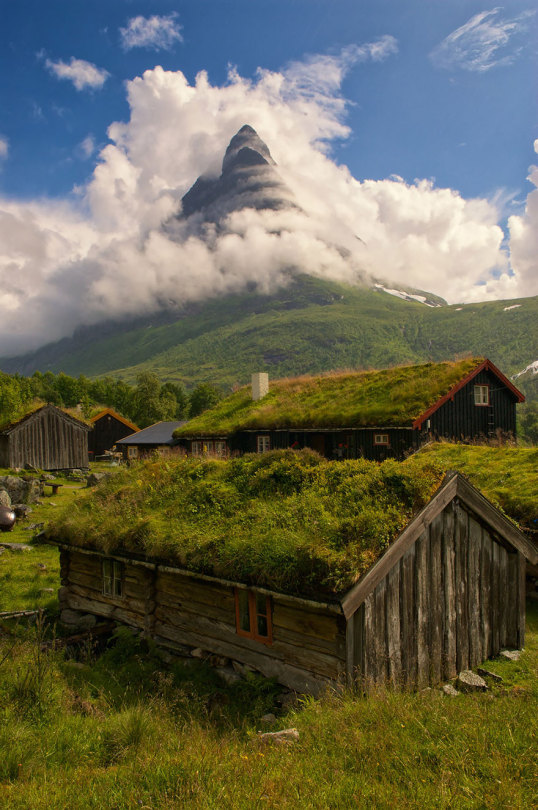
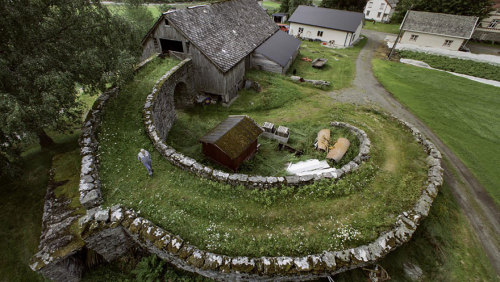
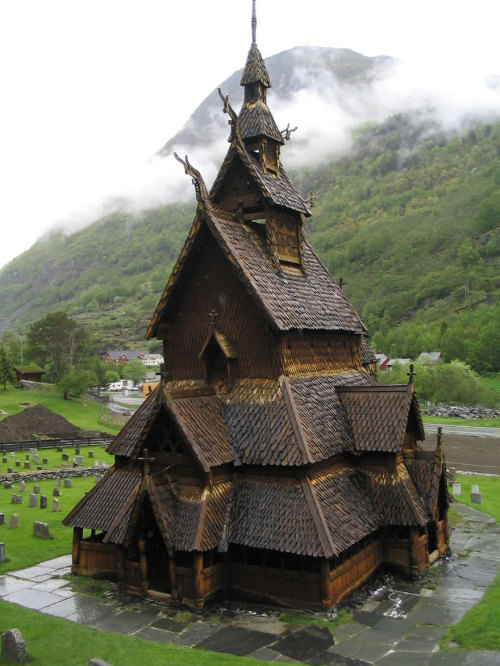
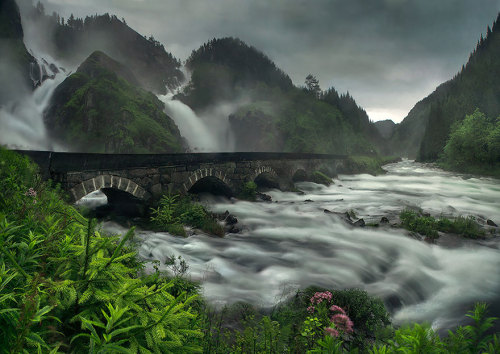
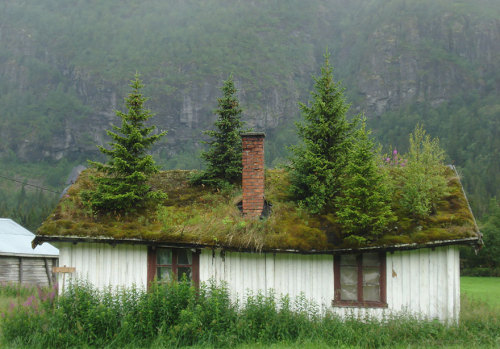
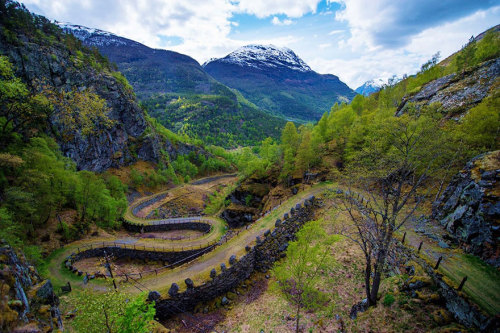
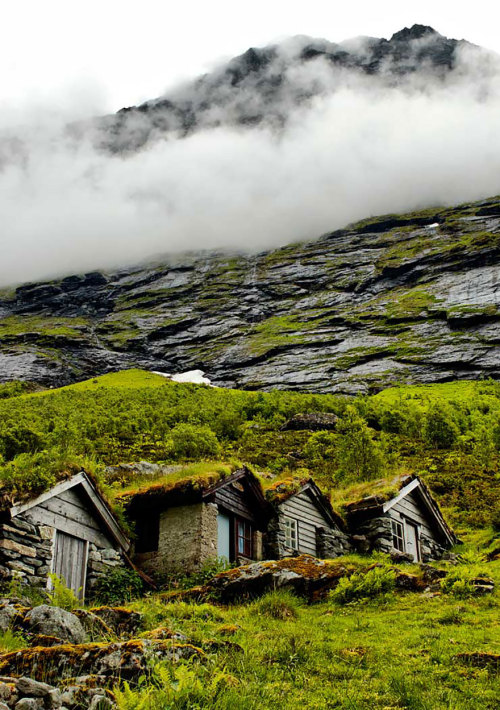
Pics Of Fairy Tale Architecture From Norway
I haven’t even read any communist stuff my ideology is “share and be nice” like the first two rules of a kindergarten

[Top left: Green onion seedlings. Bottom left: Baby basil seedlings. Right: A jungle of thyme.]
I’ve been growing some veggies indoors for a while now (almost a year?) and we finally got the lighting right for the plants. These little guys are completely solarpunk/lunarpunk. I live out in the country and for some reason that wasn’t known to us until after we bought our house there is a ban on all veggie growing and structure building. So we couldn’t even build an outdoor greenhouse. These little guys are growing in a legit solarpunk recycled diy’d greenhouse structure inside my garage. Eventually we are going to try and go with completely heirloom non-gmo organic seedlings but until then these little guys are fighting unjust zoning regulations, fighting our ever increasing dystopian reality (I have a yard and I can’t plant things!), and living it up #solarpunk style.
Did I mention our neighbors are bending these rules too? :) I’m not the only solarpunk in my area. My neighbor plants mint and strawberries in their flowerbeds and planted a plum tree right between our property lines so that when it matures no one can say it was theirs or that the regulation people didn’t know about it. It’s been there for years people. I’ve also started some mint and lavender bushes myself. They can ask me all they want about what they are… I’ll just tell them they’re decorative.
Now, I’m not saying that people should do these things. Bending the rules can get you into trouble. But my area is poor and people are hungry, local food pantries have been closing too and without these solarpunk guerrilla gardening tactics people would go hungry. I only know three of my neighbors because everyone keeps loosing their homes. Neighbors last about a year here and then are forced to leave.
At my old town just 20 min away from where I live now, we grew grapes and apples and let whoever was hungry have them. Our neighbors sometimes foraged. There were wild apple trees, grapes, and mulberries and people knew where they were and when they were ready to be picked. It helped a lot of people who wouldn’t have had anything to eat otherwise. banning food sources is what should be illegal. Not tending to gardens. Gardens and plants should never be banned. We live on a living planet, it’s what kept us alive all these centuries. Why are we turning our back on it now?
Right to Darkness/Right to Night
Human beings have lived with a relatively strict day/night cycle for as far back as humans have been around. Yes, there was fire, but the rooms were still relatively dim, and outside was almost always just lit by the moon. Daily darkness, where not much could get done has been a part of human culture and biology forever.
Now we have the problem of light polution, where the light of electricity spreads everywhere and then you can’t see the stars at night in the cities. Obviously it’s good that we have electric lights. There are many people who want to be out doing things at night. But it’s also a problem, because for most, nightime is a time of calm and processing the day, and it can be difficult for the human brain to know that it’s time for that to happen if it has too much light coming at it.
I think in Solunarpunk societies, people would have a recognized right to darkness/night, that made itself apparent in the design of light sources and buildings, so that anyone who wanted to could enjoy the dark, cool, and quiet regardless of where they live.
This could manifest as rules about how streetlights can be made, so that the designs that are used are the ones that have the least amount of light seepage
Possibly different light zones, so the bars and clubs and other nightime activity stuff is all in one area, so those people can be safely lit, while other neighborhoods have street lights that only come on if someone is walking there, and are as unobtrusive as possible, so that people can stargaze and sleep in peace.
Inside houses, there might be automatic window darkeners that activate whenever you turn on a light, so the outside isn’t affected, that then turn transparent when the light is off for long enough.
Most houses would have smart lighting with a “night mode” that kept the lighting warmer and dimmer. If you had no lights on, red floor lights will turn on if it senses you moving so you can see where you’re going in safety.
Or maybe people just start using their night vision for more things. People just don’t turn on the lights at night if they don’t have to.
I imagine that in a right to night would also mean that it would be expected that work ends at sunset. People are free to pursue their own passions at night, and are free of daytime responsibilities. No one could pressure someone to stay later than they wanted to, but especially after sunset, because that would be extremely rude and people would call them out for it.
Stargazing would become an important family activity. Children would grow up knowing the names of all the constellations they could see, as well as the names of the planets and the stars. A sense of wonder about our universe would begin to arise again in our society.
Any moon bases built in the future would be on the side of the moon that always faces away from us, just in case the light could be seen at night. There would be observation sites on the side facing Earth that are too small to be seen, but are connected to each other underground. These observation sites would be open and available all the time, for anyone to come and marvel at the beauty of our home planet.

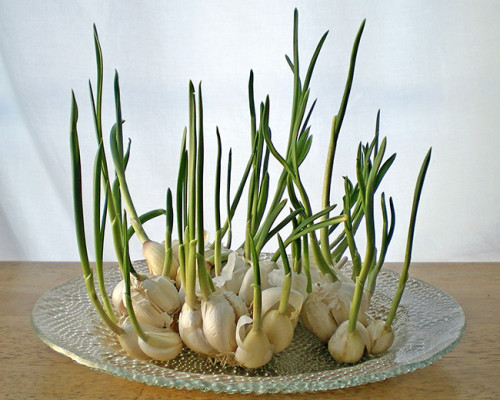




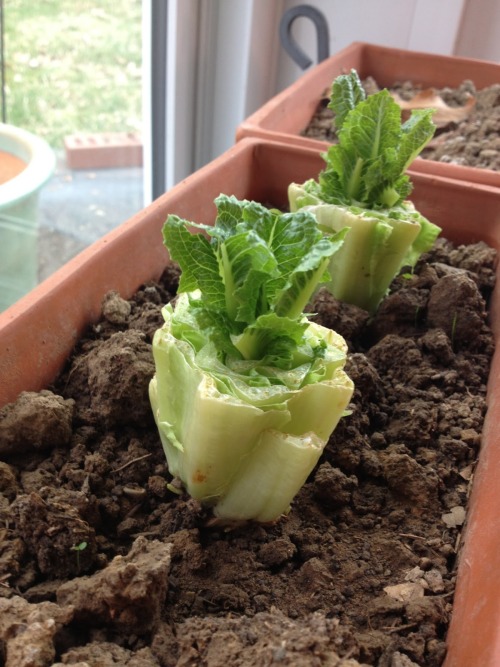
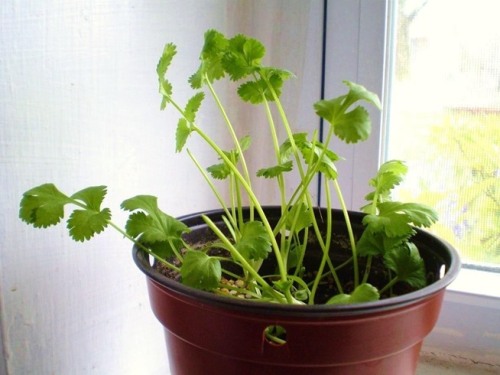
8 vegetables that you can regrow again and again.
Scallions
You can regrow scallions by leaving an inch attached to the roots and place them in a small glass with a little water in a well-lit room.
Garlic
When garlic begins to sprout, you can put them in a glass with a little water and grow garlic sprouts. The sprouts have a mild flavor than garlic and can be added to salads, pasta and other dishes.
Bok Choy
Bok choy can be regrown by placing the root end in water in a well-lit area. In 1-2 weeks , you can transplant it to a pot with soil and grow a full new head.
Carrots
Put carrot tops in a dish with a little water. Set the dish in a well-lit room or a window sill. You’ll have carrot tops to use in salads.
Basil
Put clippings from basil with 3 to 4-inch stems in a glass of water and place it in direct sunlight. When the roots are about 2 inches long, plant them in pots to and in time it will grow a full basil plant.
Celery
Cut off the base of the celery and place it in a saucer or shallow bowl of warm water in the sun. Leaves will begin to thicken and grow in the middle of the base, then transfer the celery to soil.
Romaine Lettuce
Put romaine lettuce stumps in a ½ inch of water. Re-water to keep water level at ½ inch. After a few days, roots and new leaves will appear and you can transplant it into soil.
Cilantro
The stems of cilantro will grown when placed in a glass of water. Once the roots are long enough, plant them in a pot in a well-lit room. You will have a full plant in a few months.


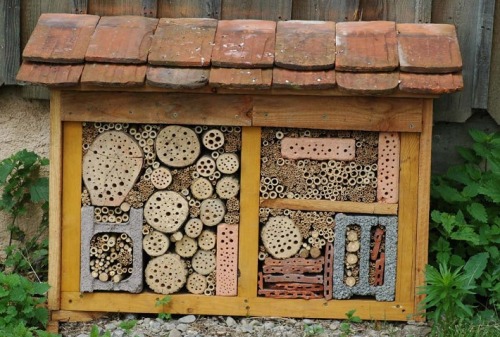
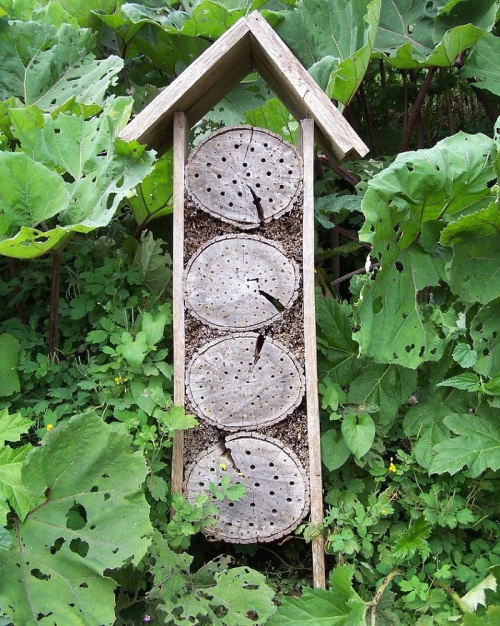

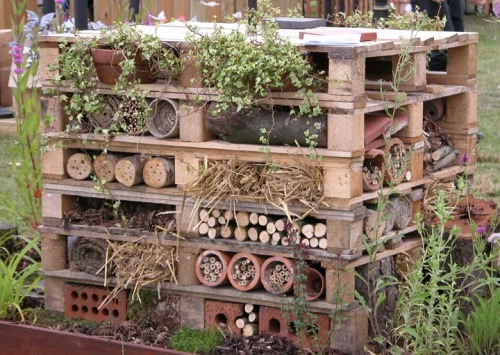

Insect Hotels
Over 30% of solitary bee species are wood nesters, some spending up to nine months of their lives as larvae incubating in forest deadfall. Ladybugs hibernate over winter in stacks of twigs, and other beneficial creatures – like wasps, lizards, moths, hedgehogs, beetles, and dragonflies – love to find little nooks and crannies to hide from predators and the elements, at any time of year.
An insect hotel is ideally placed in a sheltered location, but still in the sunlight. Ants sometimes eat bee larvae, so a solitary bee hotel is best placed off of the ground. Often, a wire mesh is placed on the outside to prevent bird predation. Ideally, the surrounding area should host flowering and insectary plants, to provide food for the guests!
These natural habitats are often missing from a domestic or overly-landscaped garden, and are absolutely vital to the health of your plants, local life web, and for the pollination of your garden. Designing for your native wildlife is crucial for a long-term healthy, productive, and sustainable space. Good, ecologically-minded design also minimises the amount of work you have to do: for example, I find that when I practice companion planting with insectary Apiaceae-family plants, I never have an aphid problem, because predatory beetles abound, and they eat problematic insects before they get established. Creating balanced ecosystems is a form of biological pest control.
An insect hotel is easily made from twigs, wood, tiles, pinecones, bricks, bark, grass, and other natural or salvaged materials. The form can differ, depending on what sort of creatures you would like to attract, and your aesthetics, but it should basically be designed from a “bug’s eye” view of the world: research what your local species are and what they require in terms of a habitat, and then create it for them in a manner that appeals to your eye.
These are also excellent projects for kids: they are fun and easy to make, interesting to observe, and help foster an early understanding of biology and ecology.
#DIY #bees #insects #entomology #biomimicry #permaculture #kids #art
Pre-made insect hotels: North America / Europe
Images:
B. Alter - Royal Bank of Canada New Wild Garden at the Chelsea Flower Show
sav-überlingen.de
Sissi de Kroon, flickr.com
Insect hotel in Hoofddorf, Holland. Bob Daamen, flickr.com
Cheshire Wildlife Trust, cheshirewildlifetrust.org.uk
Kevin Smith and Lisa Lee Benjamin. floragrubb.com
Inspiration Green Article on Insect Hotels

